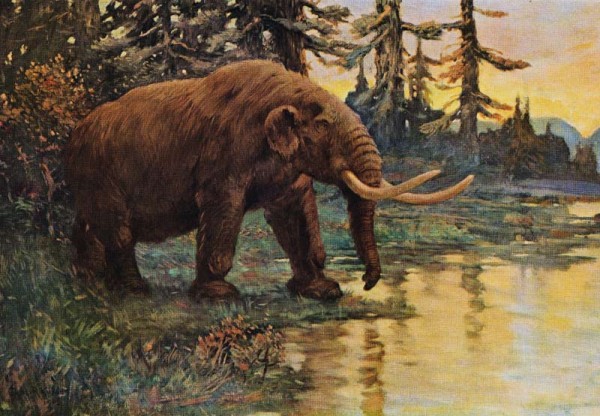At the time of its discovery, the Apollo 11 Cave site in Southwest Namibia was of particular significance in dating the emergence of modern human cognition. During the first few excavations starting in 1969 by Dr. Wolfgang Erich Wendt, seven painted stone slabs were found. These slabs were found to be associated with charcoal radiocarbon dated to between 27,500 to 25,500 years BP, making them the oldest rock art recorded in southern Africa at the time. Most notable of these painted slabs is what many describe as a “therianthrope,” which could have been of religious significance to its original painter (see image 2). Also found in the cave were geometric figures, such as zig-zag lines, dots, and circular “wagon wheels,” which were originally attributed to San hunter-gatherer shamanistic practices (Masson 2006). However, it is now thought to be more likely that such geometric forms (see image 2) were instead made by incoming Khoekhoe herders, or at least an adoption of Khoekhoe traditions by San hunter-gatherers, due to their association with similar engravings (Smith and Ouzman 2004).

(1) Image of what has widely been referred to as a therianthrope for its strange figure, namely its human-like hind legs
(2) Example of Khoekhoe geometric rock engraving
The stone slabs, as well as some of the representational depictions found on the Apollo 11 cave wall, are almost universally agreed to have been made by San hunter-gatherers. These images, and other evidence of San occupation such as blades and flake tips, were left in and around the cave from approximately 49,000 BP until at least 1,700 BP. From 1,700 BP onward evidence of Khoekhoe occupation – pottery fragments and geometric art – is found. Such evidence also roughly coincides with sheep remains found throughout southern Africa, perhaps brought by Khoekhoe sheep herders or given to San hunter-gatherers by Khoekhoe herders through trade (Masson 2006).
Khoekhoe migration into southern Africa is indicative of a larger cultural shift in the region, as it signifies a shift in subsistence practices. What would have incentivized such a change within the wider cultural landscape of southern Africa? Perhaps the shift occurred due to an environmental change which made hunting a less stable mode of subsistence? Or maybe the shift occurred simply because herding allowed groups to sustain greater populations, and thus herders out-competed or absorbed hunter-gatherers into their cultures? Further research would be helpful in clearing up ambiguity surrounding these questions, which would provide invaluable insight into pre-historic motivations for societal change. Such insight could help us better understand the ways people adapt to change, which could grant us with more efficient tools for solving modern problems.
Additional Links
Pigment analysis of painted stone slabs:
New evidence of domesticated sheep in southern Africa over 2,000 years ago:
Image Links:
1:
https://www.jstor.org/stable/24643613?seq=4#metadata_info_tab_contents
2:
Works Cited:
Masson, John. 2006. “Apollo 11 Cave in Southwest Namibia: Some Observations on the Site and Its Rock Art.” The South African Archaeological Bulletin
Vol. 61, No. 183 (Jun., 2006): 76-89. Cape Town: South African Archaeological Society.
Smith, B.W. and Ouzman, S. 2004. “Taking stock: identifying Khoekhoen herder rock art in southern Africa.” Current Anthropology 45(4): 499-526. Chicago: University of Chicago Press.


